Complete Solutions to REVISION QUESTIONS FROM COMPETITIVE EXAMS. of chapter BASIC PRINCIPLES OF ORGANIC CHEMISTRY of Class 12 book with complete answers and questions
| Class 12 | CHEMISTRY |
| Chapter | BASIC PRINCIPLES OF ORGANIC CHEMISTRY |
| DINESH OBJECTIVE CHEMISTRY | REVISION QUESTIONS FROM COMPETITIVE EXAMS. |
| Number Of Questions | 100 |
| Academic Year | 2023-24 |
The systematic name of
View SolutionThe IUPAC name of
View SolutionThe IUPAC name of
View SolutionThe IUPAC name of
View SolutionThe IUPAC name of
View SolutionIUPAC name for the compound given below is

View SolutionWhat is the IUPAC name of
View SolutionThe IUPAC name of
View SolutionThe compound
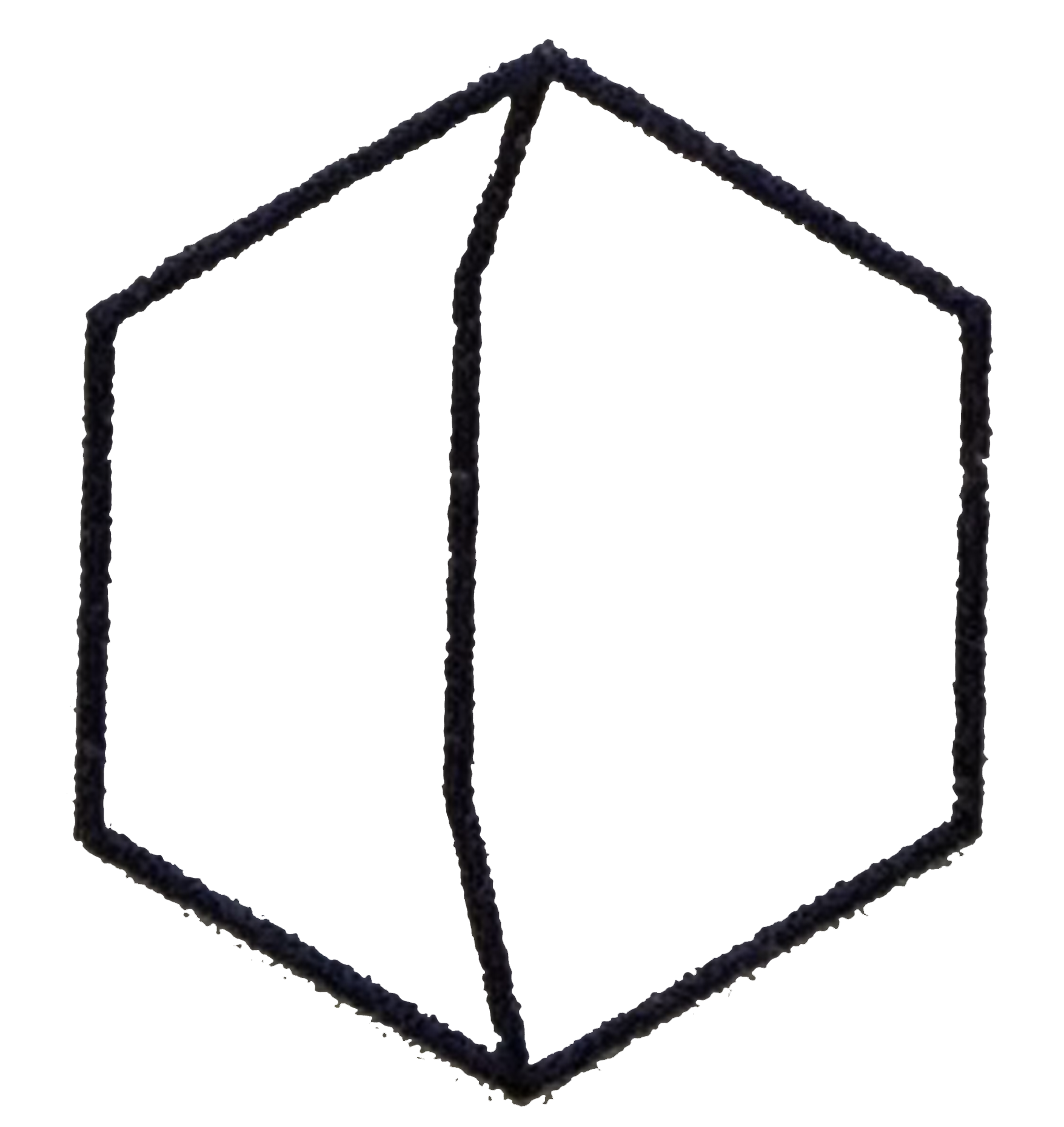 is known by which of the following names
is known by which of the following names
View SolutionIUPAC name of
View SolutionThe IUPAC name of the formula
View SolutionThe name of
View SolutionThe IUPAC name of the compound
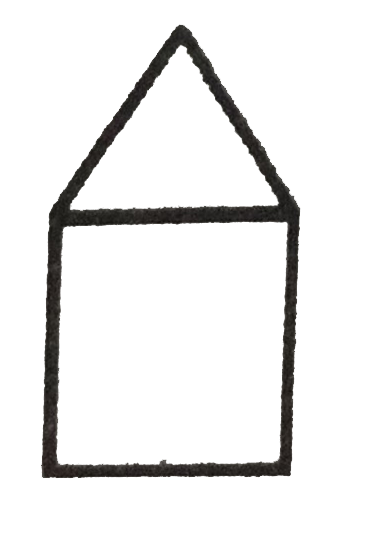 is
is
View Solution
View SolutionThe
is
View SolutionThe IUPAC name of the compound
View SolutionIndicate the wrongly named compound
View SolutionThe structrual formula of cyclohexyl alcohol is
View SolutionThe IUPAC name of this compound
View SolutionThe IUPAC name of
View SolutionThe
is
View SolutionWhich of the following IUPAC names is correct ?
View SolutionWhich of the following represents the systematic name of the compound
View SolutionThe
View SolutionThe IUPAC name of
View SolutionThe IUPAC name of
View SolutionThe IUPAC name of
View SolutionThe
is
View SolutionThe correct IUPAC name of compound with molecular formula
View SolutionThe
is
View SolutionThe IUPAC name of the compound
View SolutionThe
will be
View SolutionThe
View SolutionThe
is
View SolutionThe
is
View SolutionThe
is
View SolutionThe
View SolutionThe IUPAC name for
View SolutionThe
View SolutionThe IUPAC name of:
View SolutionThe
is
View SolutionThe IUPAC name of acryldehyde is
View SolutionThe
is
View SolutionThe IUPAC name of
View SolutionThe IUPAC name of
View SolutionThe IUPAC name of
View SolutionThe incorrect IUPAC name is
View SolutionThe structrual formula of 2-methyl-2-butene is
View SolutionIUPAC name of
View SolutionVinyl carbinol is
View SolutionThe
View SolutionThe IUPAC name of the following
View SolutionThe
View SolutionIUPAC nomenclature of the given organic compound
View SolutionThe correct nomenclature
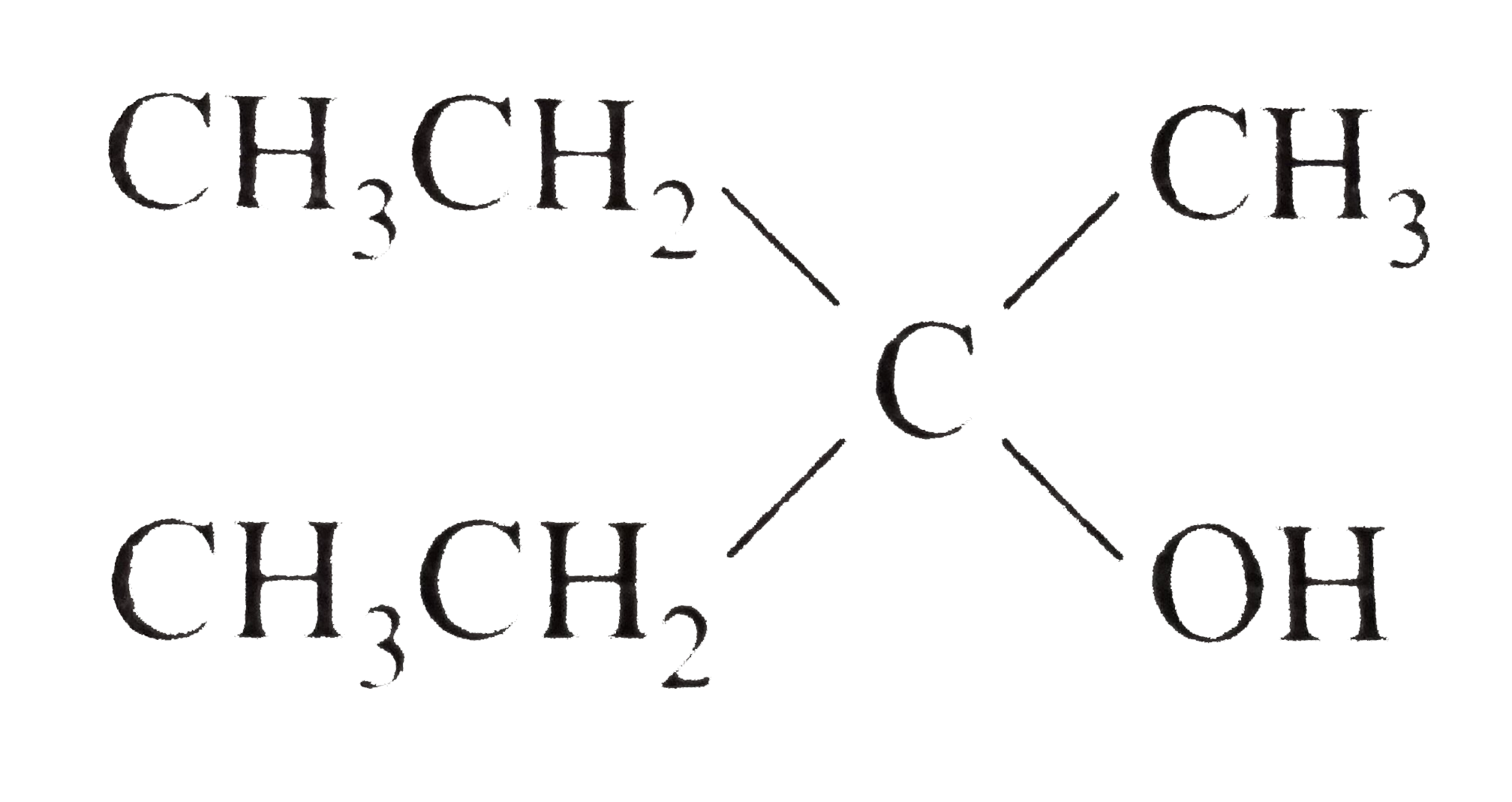
View SolutionWhich of the following compound has wrong IUPAC name?
View SolutionThe name of
View SolutionThe IUPAC name of the following compound
View SolutionIUPAC name of 3-isopropyl-o-oxylene is
View SolutionName of the compound given below is
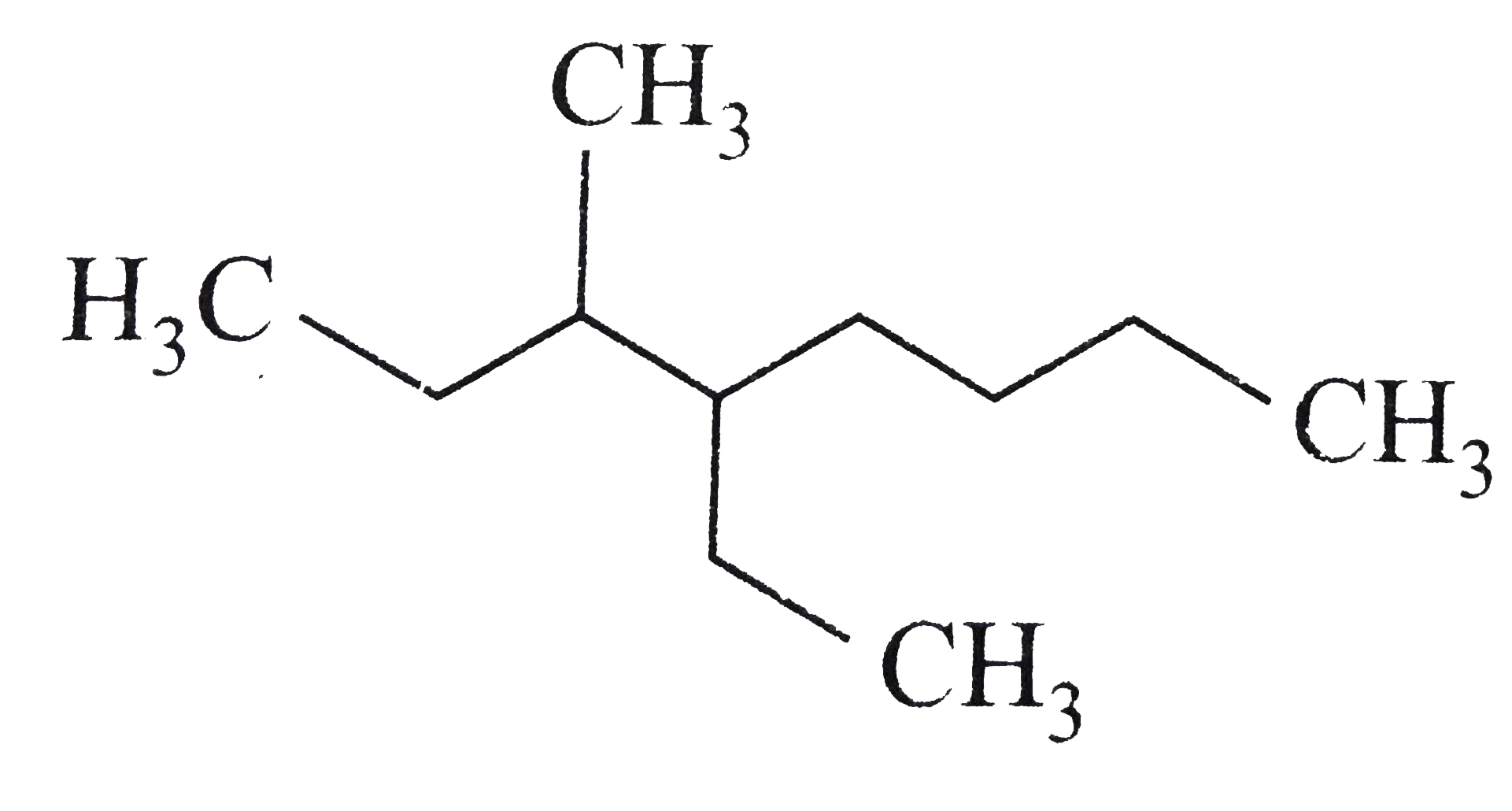
View SolutionDecreasing order C-C bond length is (I)
(III)
View SolutionIUPAC name of
View SolutionThe
View SolutionThe IUPAC name of
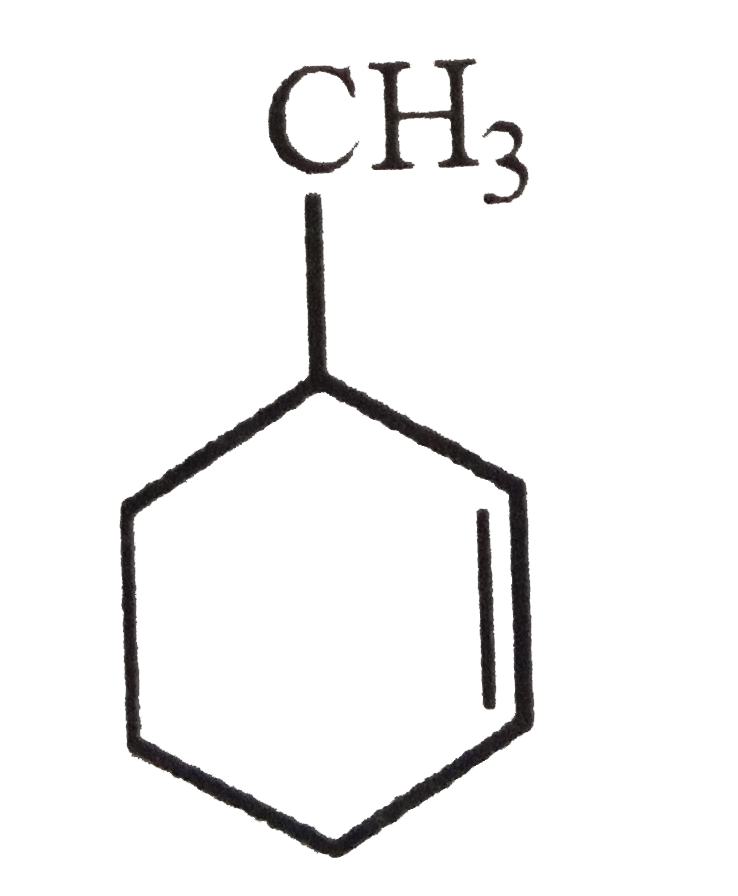
View SolutionThe IUPAC name of the following compound
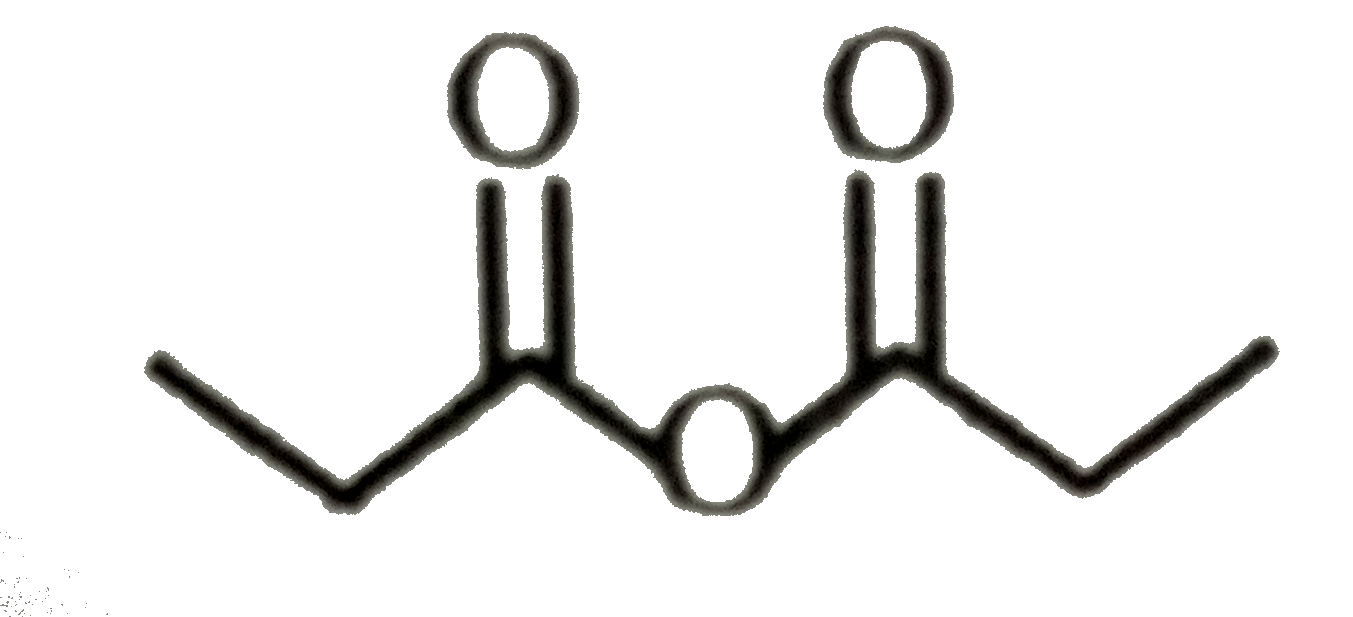
View SolutionThe names of some compounds are given. Which one not in the
View SolutionPick out the most stable carbonium ion:
View SolutionElectrophilic reagents are
View SolutionHeterolytic cleavage of a covalent bond gives only,
View SolutionThe reation
is an example of
View SolutionWhich of the following contains three pairs of electrons in the valence shell?
View SolutionHeterolysis of carbon-chlorine bond produces
View SolutionWhich of the following is an electrophilic reagent ?
View SolutionThe most stable carbonium ion is,
View SolutionHomolytic fission of carbon-carbon bond of ethane produces an intermediate in which the carbon atom is in
View SolutionThe typical reaction of olefinic bond is
View SolutionThe homolytic fission of hydrocarbon results in the formation of
View SolutionWhich of the following is an example of elimination reaction?
View SolutionThe most stable free radical among the following is
View SolutionWhich of the following is the most stable carbocation (carbonium ion) ?
View SolutionWhich of the following is not a nucleophile?
View SolutionWhich of the following ion is most stable ?
View SolutionWhich of the following is least stable ?
View SolutionTo which of the following four types does this reaction belong ?

View SolutionWhich of the following statements is false about resonance contribution structures ?
View SolutionThe order of decreasing stability of the carbanions :
View SolutionThe most stable carbonium ion among the following is
View SolutionThe reaction
View SolutionElectrophile in the case of chlorination of benzene in presence of
View SolutionAmong the given molecule, what is the number of molecules which show resonance?
View SolutionWhich of the following is correct regarding the -I-effect of the substituents ?
View SolutionHeterolytic fission of a covalent bond in organic molecules gives
View SolutionHow many of the following species is/are electrophile?
View SolutionPoint out incorrect statement about resonance
View SolutionWhich of the following is the active species in the nitration of aromatic organic compounds ?
View SolutionWhich of the following is least stable carbonium ion ?
View SolutionWhich of the following behaves both as a nucleophile and as an electrophile ?
View SolutionIntermediate involved in Reimer-Tiemann reaction is
View SolutionAmong the following alkenes:
View SolutionMost stable carbanion among the following is
View Solution
REVISION QUESTIONS FROM COMPETITIVE EXAMS. questions and complete solutions for chapter BASIC PRINCIPLES OF ORGANIC CHEMISTRY of S DINESH & CO CHEMISTRY (HINGLISH) of Class 12